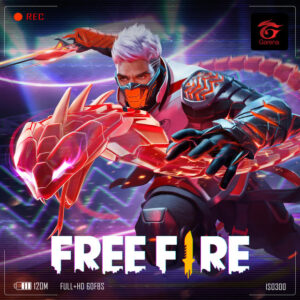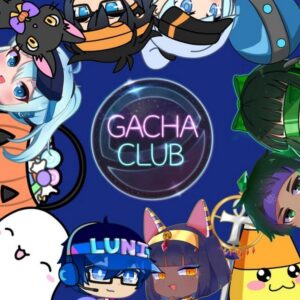IllFonic’s Halloween: A Deep Dive into Single-Player Story and Asymmetrical Multiplayer Dynamics
Popular Now
 FIFA 23
FIFA 23
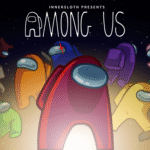 Among Us
Among Us
 Free Fire Max
Free Fire Max
 Toca Boca World
Toca Boca World
 Grand Theft Auto V
Grand Theft Auto V
 Garena Free Fire: Kalahari
Garena Free Fire: Kalahari
 Roblox
Roblox
 Auto X Drift Racing 3
Auto X Drift Racing 3
 Fortnite
Fortnite
 NBA 2K24
NBA 2K24
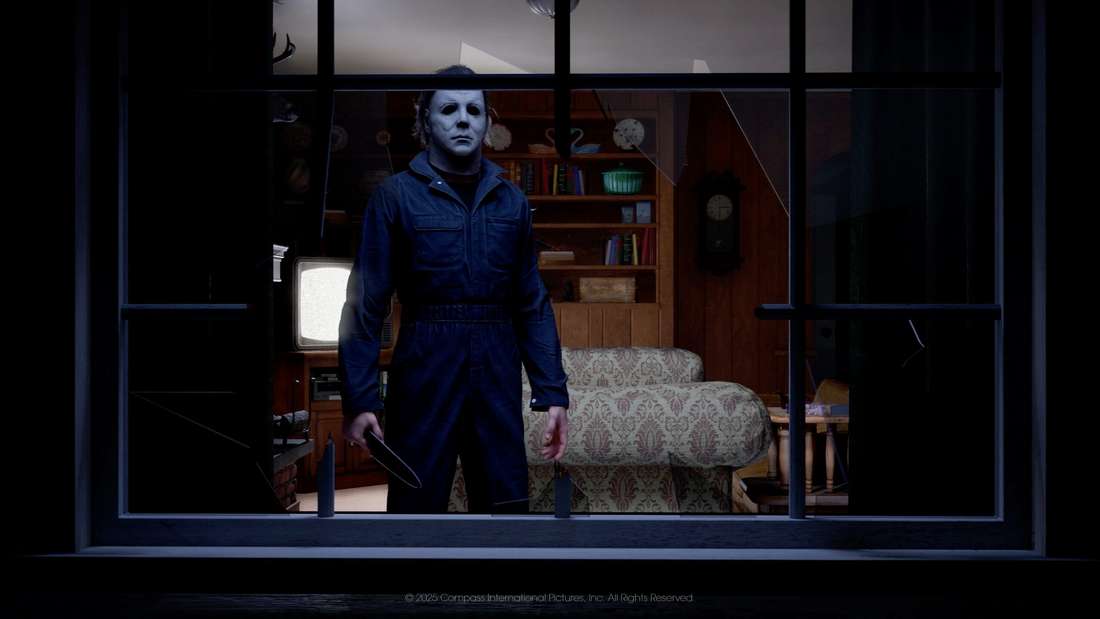
The highly anticipated video game adaptation of the seminal 1978 horror masterpiece, Halloween, is taking shape, and developer IllFonic—known for its work on other licensed horror titles like Friday the 13th: The Game and Killer Klowns from Outer Space: The Game—is set to deliver a dual-pronged horror experience. Slated for release on September 8, 2026, on PlayStation 5, Xbox Series X/S, and PC, the game is drawing significant attention from the global video game market by not only embracing its signature asymmetrical multiplayer formula but also introducing a dedicated Michael Myers single-player story mode.
This commitment to a substantial solo experience, in addition to the core 1v4 online competitive structure, signals IllFonic’s intent to break the stigma associated with the genre and deliver a true “total package” for both multiplayer enthusiasts and dedicated fans of the original film’s chilling narrative. Early details suggest a painstaking commitment to the 1978 setting, ensuring a period-piece aesthetic that captures the authentic terror of “The Night He Came Home.”
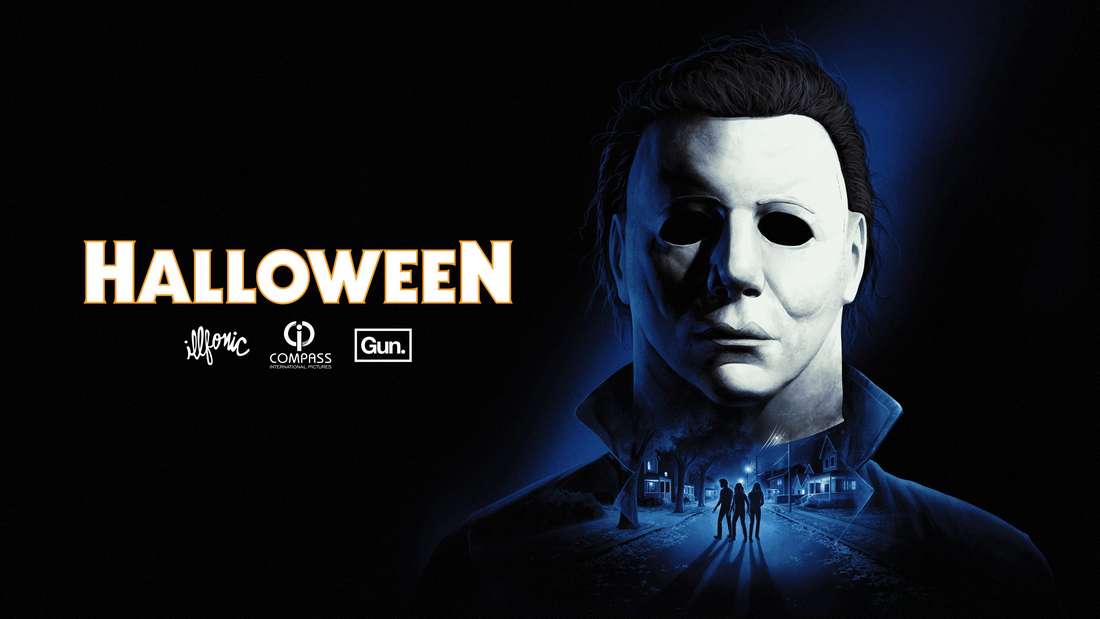 The Shape of Evil: Single-Player Story Details
The Shape of Evil: Single-Player Story Details
For the first time in a major game from IllFonic, a significant single-player campaign is a central focus. This mode places players directly in the iconic mask, letting them control Michael Myers—The Shape—during the haunting narrative events surrounding the original 1978 film. This is a deliberate move to appeal to players who prefer a narrative-driven experience over online PvP.
- Narrative Focus: The campaign is designed to immerse players in Michael Myers’ terrifying journey, beginning with his escape from Smith’s Grove Sanitarium and his relentless, silent pursuit through the suburban streets of Haddonfield on Halloween night. This mode promises to expand on the canon, offering never-before-seen story elements related to that fateful night.
- Gameplay Purpose: Beyond narrative fulfillment, the single-player experience is intended to be a crucial training ground. By playing through Michael’s perspective, players will learn his unique suite of abilities, stalking mechanics, and optimal kill methods, preparing them to be a more effective killer in the multiplayer online mode.
- Replayability: Developers have indicated the inclusion of a scoring system, which encourages multiple playthroughs as players strive for a ‘perfect’ score. This mechanic directly addresses concerns about the longevity of solo-focused horror experiences.
This solo mode represents a significant game design pivot for the studio, leveraging the franchise’s deep lore to provide a highly valuable, high-margin content offering that stands separate from the primary multiplayer mode.
Asymmetrical Terror: Multiplayer Gameplay and Balance
The core of IllFonic’s expertise remains its asymmetrical multiplayer (1v4) structure, pitting a single, supernaturally powerful killer against a team of vulnerable, resourceful survivors—dubbed the Heroes of Haddonfield. However, the team has introduced significant innovations to revolutionize the formula and better capture the unique dynamic of Michael Myers’ terror.
Playing as Michael Myers (“The Shape”):
- The Bloodlust Meter: Unlike the brute-force killers of previous titles, Michael’s gameplay is defined by stealth and obsession. His ability to kill—and use certain powerful abilities—is gated by a “Bloodlust” meter. Players must actively stalk and observe the Haddonfield residents and NPCs from the shadows to build this meter. This mechanic captures Michael’s signature silent, lurking menace, rewarding patient stealth gameplay.
- Shape Jump Ability: Inspired by Michael’s uncanny ability to disappear and reappear in the films, this is described as a cloaking and traversal mechanic. It allows the player to “Shape Jump” across the map unseen, utilizing the shadows to maintain constant pressure and execute sudden, terrifying jump scares.
- Strategic Sabotage: Michael can cut phone lines in the 1978-era suburban environment, a devastating action that isolates residents and prevents the summoning of increasingly powerful police patrols, a critical threat to the killer’s success.
Playing as the Heroes of Haddonfield (Survivors):
- Heroic Action & NPC Engagement: The survivor objective is no longer just escape. Heroes are tasked with a more challenging, heroic role: rescuing and arming the numerous NPC residents of Haddonfield. Convincing these NPCs to hide or equipping them with household items to fight back acts as a strategic distraction or slow-down mechanism against Michael.
- A New Win Condition: By involving more NPCs, the Hero players can effectively “save the town” or at least create such a chaotic, crowded scenario that Michael’s preferred method of silent, solitary killing is minimized. While they cannot kill Michael, coordinated attacks can slow him down and open escape windows, creating a new level of risk/reward in the co-op gameplay.
- The 1978 Aesthetic: The game utilizes Unreal Engine 5 to deliver photorealistic, cinema-quality visuals, but maintains a period-accurate setting, limiting the technology available to survivors, thus emphasizing the need for old-school problem-solving and teamwork.
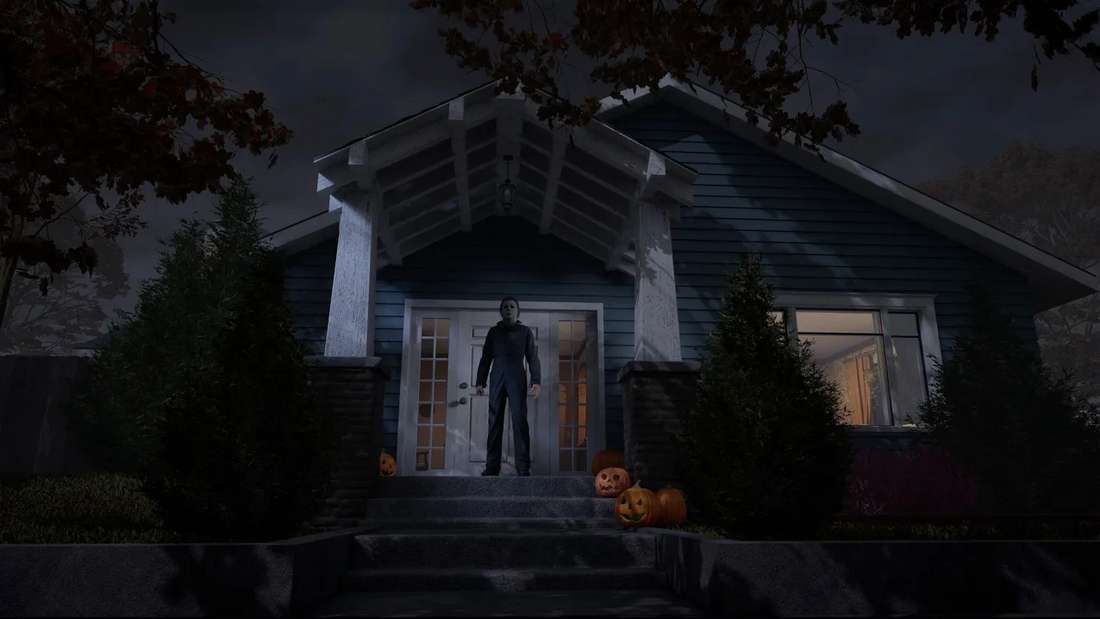 Authenticity and Production Value: The John Carpenter Factor
Authenticity and Production Value: The John Carpenter Factor
IllFonic has ensured maximum franchise authenticity by collaborating directly with long-time franchise producer Malek Akkad and bringing in the legendary John Carpenter as an executive producer. This partnership guarantees that the look, feel, and sound—including the iconic score—are faithful to the source material. The game is confirmed to be an M-rated title, featuring the graphical violence, blood, and gore expected from a true slasher experience.
The visual design is hailed as a “period piece,” with extreme attention paid to details like the fit and shadows of Michael’s mask and the overall atmosphere of Haddonfield in 1978. This meticulous recreation of the source material is a powerful marketing asset and a clear indicator of the high production standards set for this project.
Conclusion: A High-Stakes Evolution for Asymmetrical Horror
IllFonic’s Halloween is shaping up to be more than just another entry in the licensed horror genre. By integrating a dedicated, lore-rich Michael Myers single-player mode and overhauling the core dynamics of the asymmetrical multiplayer—particularly the unique “Bloodlust” stalking mechanic—the studio is poised to deliver an evolutionary step for the genre. For investors and consumers in the digital entertainment industry, this combination of fan service, high-fidelity development (Unreal Engine 5), and a compelling dual-mode structure positions Halloween as one of the most anticipated and high-potential video game releases of 2026. The Boogeyman is truly coming home, and this time, both the hunter and the hunted will have a terrifying story to tell.







